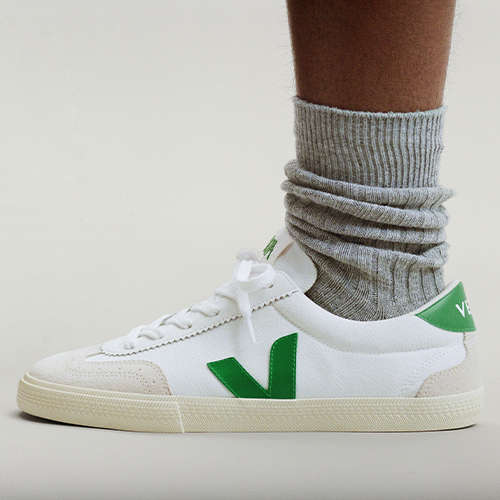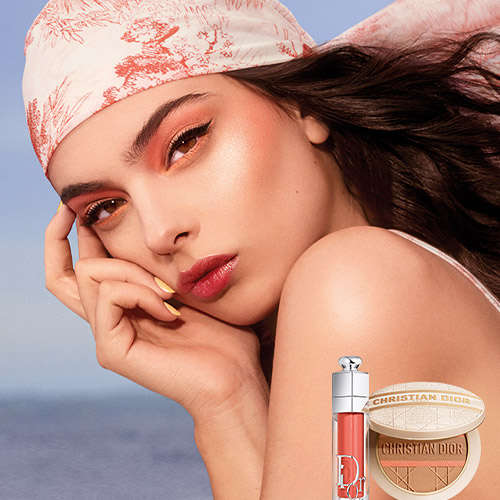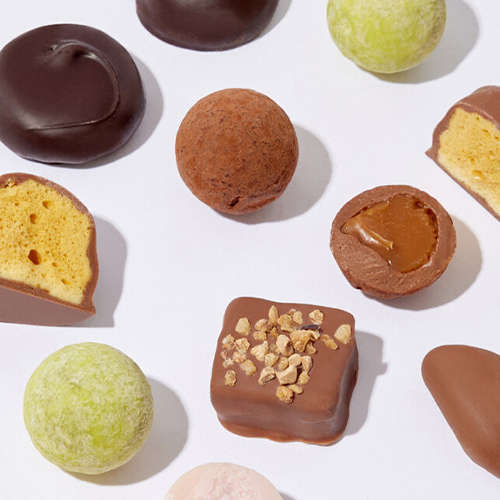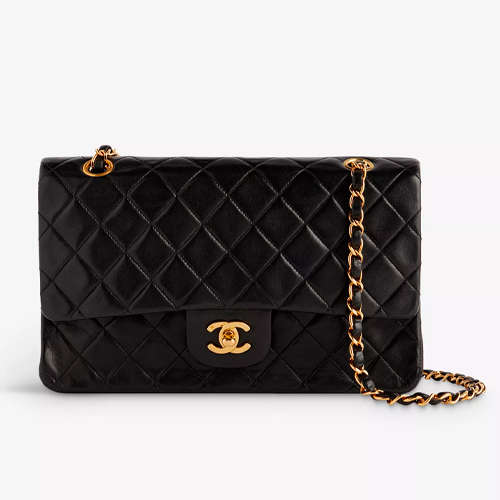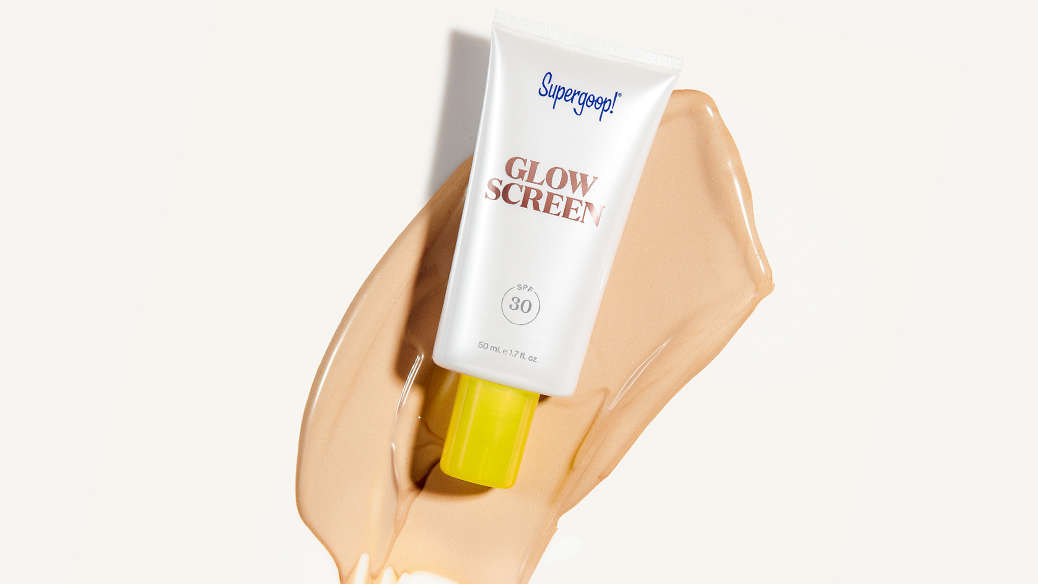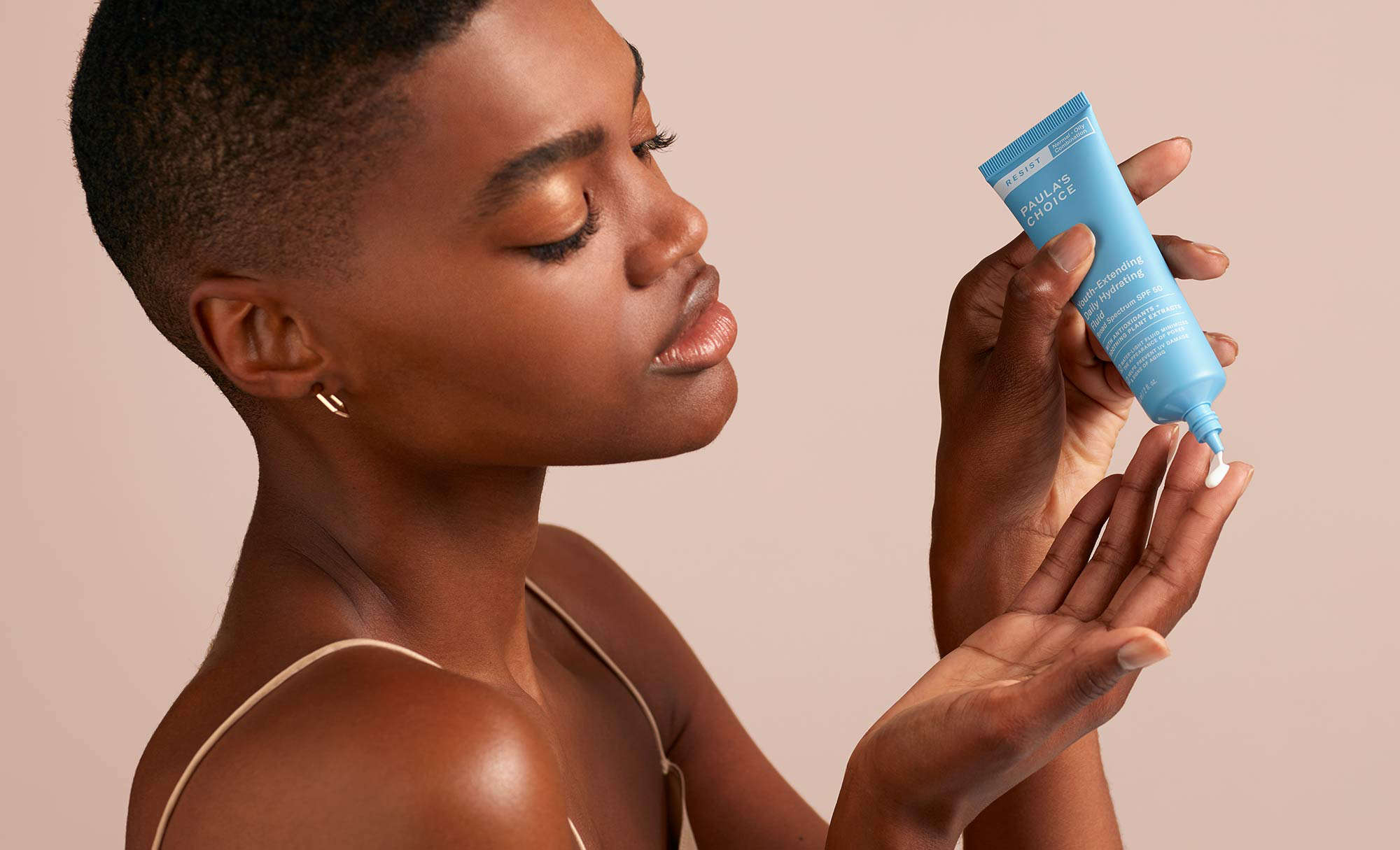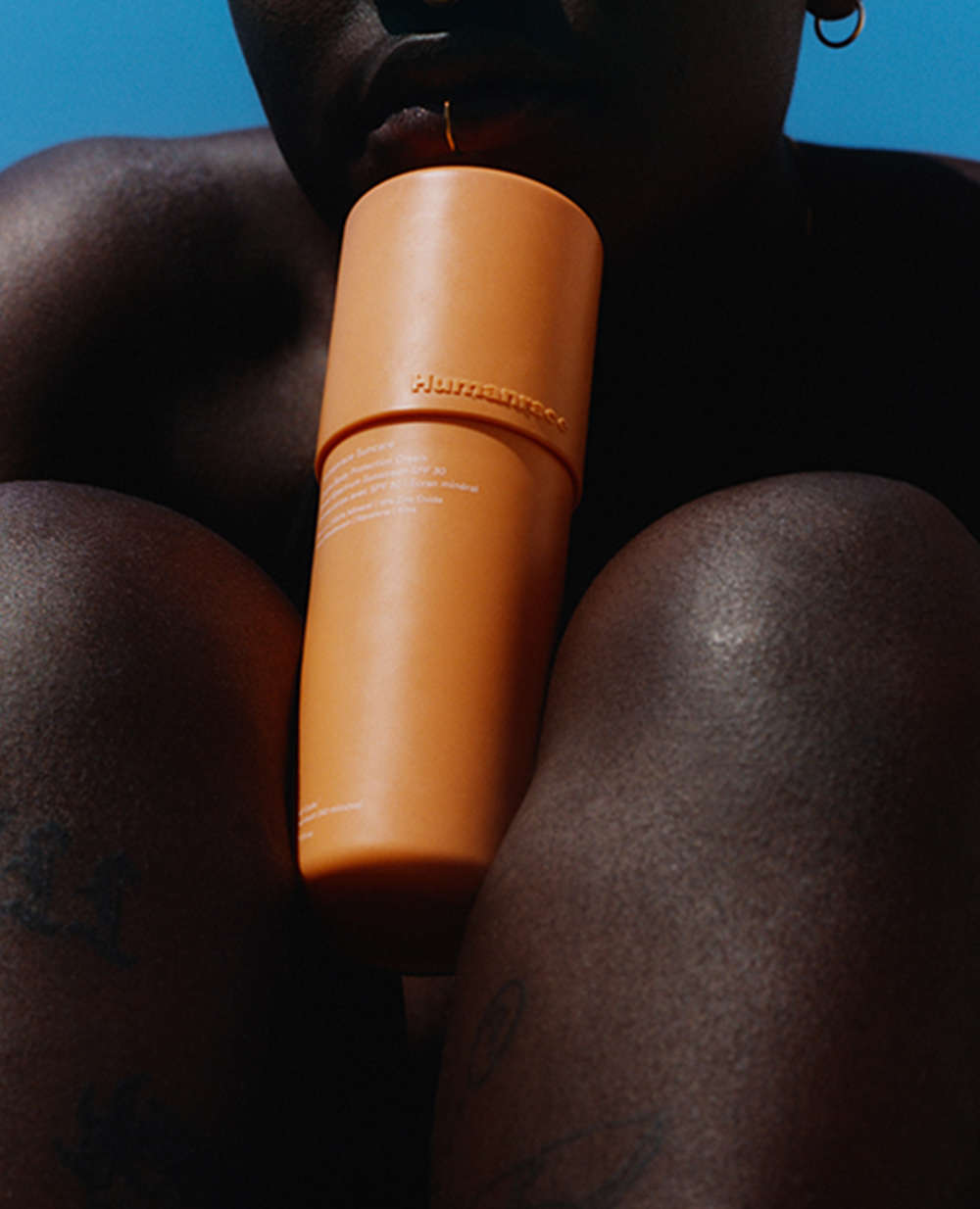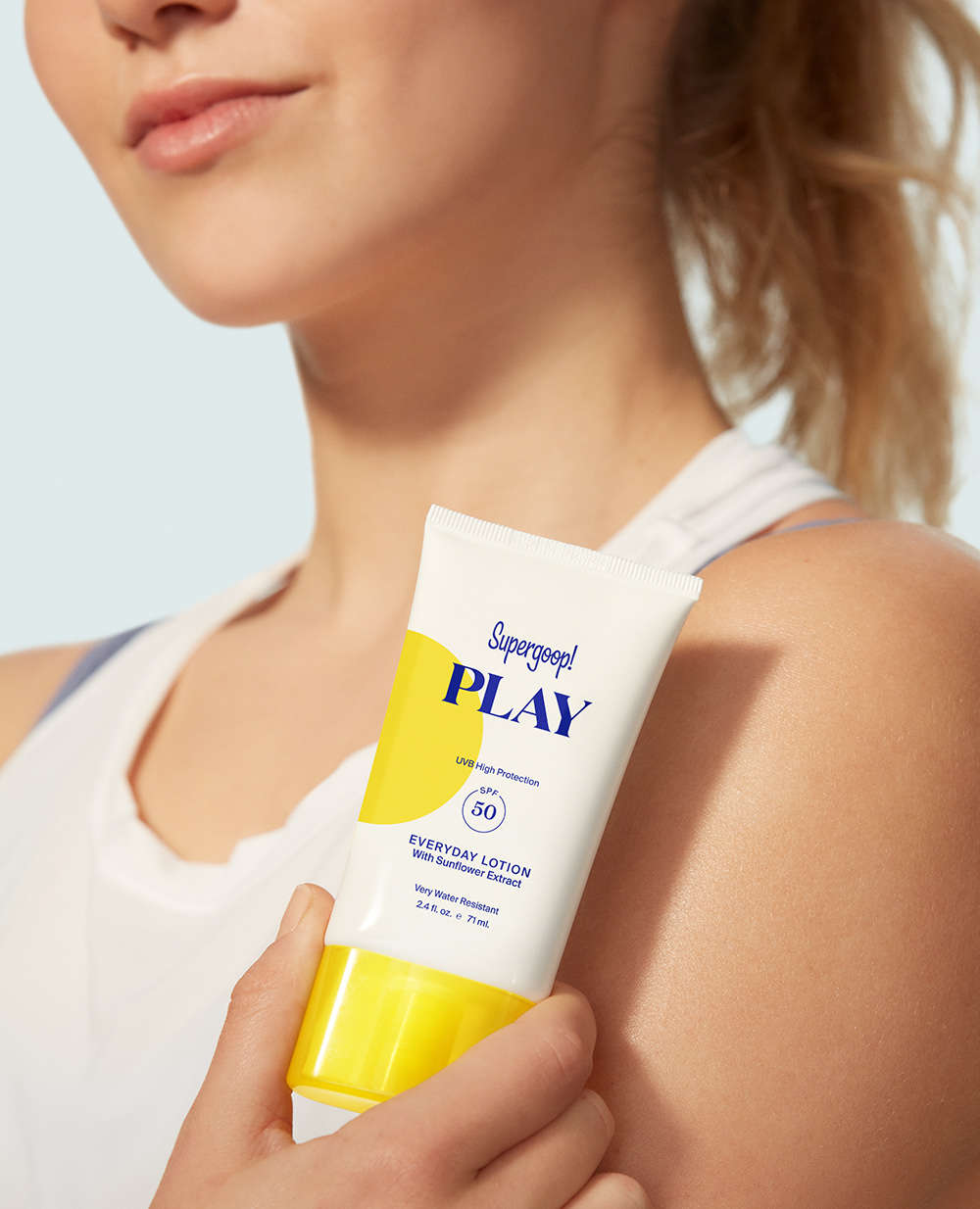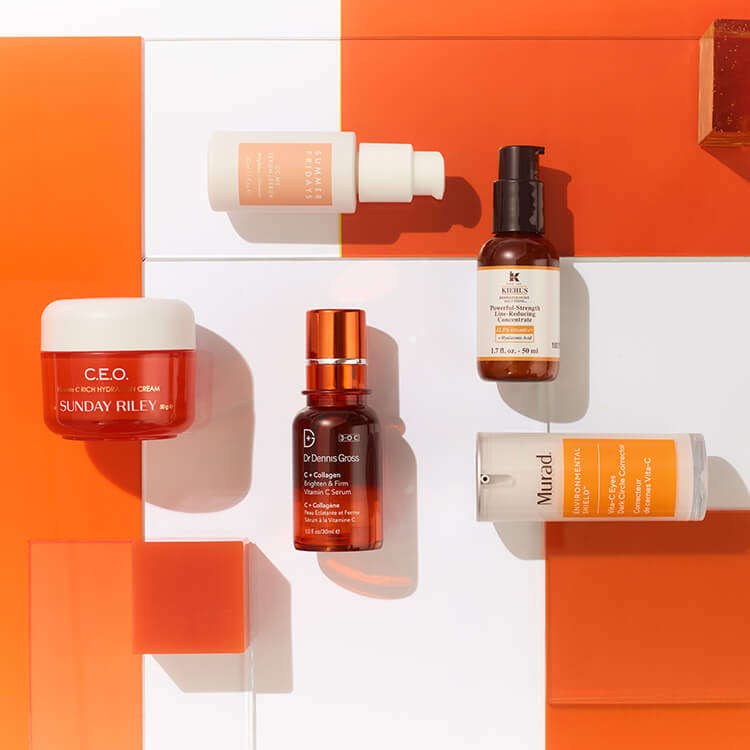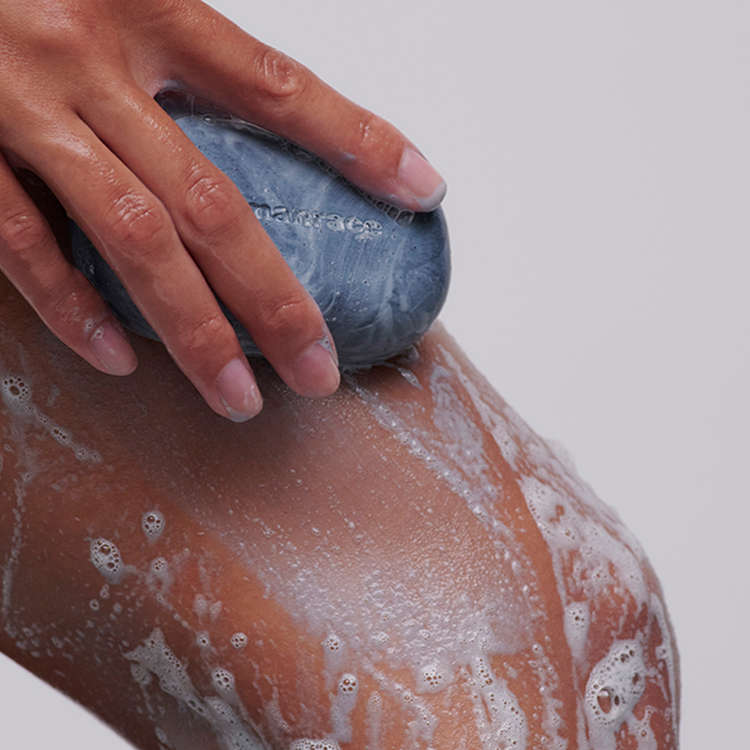- Australia / AUD $
- Canada / CAD $
- China / CNY ¥
- France / EUR €
- Germany / EUR €
- Hong Kong SAR China / HKD $
- Ireland / EUR €
- Italy / EUR €
- Japan / YEN ¥
- Kuwait / USD $
- Macao SAR China / HKD $
- Netherlands / EUR €
- Qatar / USD $
- Saudi Arabia / USD $
- Singapore / SGD $
- South Korea / KRW ₩
- Spain / EUR €
- Taiwan / TWD $
- United Arab Emirates / USD $
- United Kingdom / GBP £
- United States / USD $
- Not yours? Read more
Tell us what you think
Shop in your local currency and language
You are currently in Germany DE / EUR € store
- English
- English
- English
- English
- English
- English
- English
- English
- English
- English
- English
- English
- English
- English
- English
- English
- English
- English
- English
- English
- English
Did you know that we deliver to 130 countries or regions and offer a range of delivery options to suit you wherever you are in the world? Find out more
Sign up once to our Selfridges+ service and you can enjoy unlimited deliveries wherever you are in the world. FIND OUT MORE
International delivery
With almost everything on selfridges.com available for International Delivery, you can send your order to 130 countries or regions around the world, including North America, Australia, the Middle East and China.
Although we only offer 20 currencies to browse in online, you can still deliver to all of the following countries or regions:
- Algeria
- Andorra
- Antigua and Barbuda
- Aruba
- Australia
- Austria
- Azerbaijan
- Bahrain
- Bangladesh
- Barbados
- Belarus
- Belgium
- Belize
- Bermuda
- Bolivia
- Botswana
- Brunei
- Bulgaria
- Cambodia
- Canada
- Cayman Islands
- Chile
- China
- Colombia
- Costa Rica
- Croatia
- Cyprus
- Czech Republic
- Denmark
- Dominica
- Dominican Republic
- Ecuador
- Egypt
- El Salvador
- Estonia
- Finland
- France
- French Guiana
- Germany
- Gibraltar
- Greece
- Grenada
- Guadeloupe
- Guatemala
- Guernsey
- Guyana
- Honduras
- Hong Kong
- Hungary
- Iceland
- India
- Indonesia
- Ireland
- Israel
- Italy
- Jamaica
- Japan
- Jersey
- Jordan
- Kazakhstan
- Kenya
- Kuwait
- Laos
- Latvia
- Lebanon
- Lesotho
- Liechtenstein
- Lithuania
- Luxembourg
- Macau
- Malaysia
- Maldives
- Malta
- Martinique
- Mayotte
- Mexico
- Monaco
- Montserrat
- Morocco
- Myanmar
- Namibia
- Netherlands
- New Zealand
- Nicaragua
- Nigeria
- Norway
- Oman
- Pakistan
- Panama
- Paraguay
- Peru
- Philippines
- Poland
- Portugal
- Puerto Rico
- Qatar
- Reunion
- Romania
- Rwanda
- Saint Kitts and Nevis
- Saint Lucia
- Saint Martin (French part)
- San Marino
- Saudi Arabia
- Serbia
- Singapore
- Slovakia
- Slovenia
- South Africa
- South Korea
- Spain
- Sri Lanka
- Suriname
- Swaziland
- Sweden
- Switzerland
- Taiwan
- Tanzania
- Thailand
- Trinidad and Tobago
- Turkey
- Uganda
- Ukraine
- United Arab Emirates
- United Kingdom
- United States
- Uruguay
- Venezuela
- Vietnam
Sun cream used to be something you suddenly remembered to stock up on at the airport. Now, SPF has become an essential part of daily skincare routines, whatever the weather. To find out what SPF is, why it’s so important and how to use it, we spoke to the experts at Dr. Barbara Sturm, Paula’s Choice and Supergoop!.
What is SPF?
SPF stands for sun protection factor. Technically a unit to measure sun protection, it has also become a general term for a sun-protecting product or ingredient that shields us against the sun’s ultraviolet UVA or UVB rays. UVB radiation damages the outer layers of the skin, causing what we see as tan and sunburn. UVA radiation damages the deeper layers, causing premature ageing and damage to cells that’s difficult to repair. SPF ratings (SPF30 is the recommended minimum) refer only to UVB protection, but a broad-spectrum SPF provides protection from both.
Why should I use SPF?
Slathering sun protection on your face during grim British weather isn’t just wishful thinking. UVA rays can penetrate clouds and glass, so sun damage can still happen when it’s cloudy – and when you’re indoors. “The sun’s UVA rays shine at about the same intensity year-round,” explains Supergoop! founder Holly Thaggard. “So it’s important to find an SPF you love, as you should be wearing it every day.”
Sun damage can cause inflammation, acne, dark spots, dryness, collagen and elastin breakdown, and premature ageing. “People often ask what the most effective anti-ageing ingredient is, and the answer is sunscreen,” explains Heather Wish, Skincare Education Manager at Paula’s Choice. “If you’re not protecting your skin from sun exposure, all other anti-ageing products won’t make much difference.”
Even skincare products can contribute to sun damage. A routine that uses a cocktail of AHAs and BHAs may get you a skincare gold star, but they cause increased sensitivity to the sun. A high-quality SPF is essential to help counter that, so you can still enjoy the benefits of those other ingredients.
How does SPF work?
There are two different types of SPF, which work in different ways and have their own pros and cons. Mineral SPF, containing ingredients such as zinc oxide, sits on top of the skin, forming a barrier to reflect the sun’s rays. The other type is chemical, which contains ingredients such as homosalate that absorbs UVA and UVB rays. “Mineral formulas tend to be better suited to sensitive skins,” explains Heather at Paula’s Choice. “But chemical formulas provide a colourless finish on skin, making them great for all skin tones.”
Which SPF is best?
Life beyond the sun lounger has done SPF formulas a world of good – gone are the days of stickiness and artificial fragrance, replaced with an array of formula types that can fit into your routine. Dr. Barbara Sturm’s hero Sun Drops, for example, “can be added to face creams and serums or applied directly to your face, neck and décolleté,” explains Dr. Sturm. “They use chemical sunscreen filters to create a broad-spectrum shield against UVA and UVB rays that feels super lightweight on the skin.” Similarly versatile, Hello Sunday’s SPF mist sits on top of make-up so you can top up throughout the day, Thank You Farmer just launched a super-lightweight ‘water’ sun cream, and Coola is renowned for its cucumber-scented SPF.
Many brands now blend SPF with other skincare or make-up. “At Supergoop! We now have over 40 different formulas,” explains Holly Thaggard. “You can use SPF as a serum, moisturiser or to prime, colour correct and even set your make-up.” That means SPF could replace part of your current routine. “We have figured out ways to combine SPF with powerhouse skincare ingredients like high-potency vitamin C, hyaluronic acid, bio-retinol and niacinamide,” says Holly. Cue a sigh of relief from beauty-shelf minimalists.
If you like to regularly change up your make-up looks, you can do the same with your SPF to create what Holly calls her “SPF wardrobe”. She explains, “My SPF products are often layered or chosen based on what look I’m going for – glowy, natural or matte.”
The bottom line? “The most important thing to check is that your sunscreen is broad spectrum and rated a minimum SPF30,” says Heather from Paula’s Choice. “The second most important thing is to find a sunscreen that you want to wear. The best sunscreen is the sunscreen you want to and do apply.”
How should I use SPF?
Application all depends on the product you choose. Generally, SPF is the last step of your morning skincare routine and should be applied at least 15 minutes before sun exposure. Make sure you reapply every few hours if the sun is out in full force, if you go swimming or if you get sweaty.
Broad spectrum SPF should always be the priority, but it can be part of a broader regime to combat sun damage. “To enhance your sunscreen’s protection, I recommend building up your skin barrier function,” explains Dr. Sturm. “There’s plenty of healing, nourishing and non-aggressive skincare that can minimise the sun’s ability to disrupt your skin. My hyaluronic serum combines high concentration, blended high- and low-molecular hyaluronic acid and purslane, which has been clinically proven to work together to improve skin barrier function.”
If SPF hasn’t factored into your routine until now, you can still make up for lost time. “It’s not possible to completely repair sun damage,” admits Heather at Paula’s Choice. “But research has shown that topically applied antioxidants can reduce free-radical damage caused by UV rays and environmental pollution, bringing about significant visible improvement.” She recommends using retinol to stimulate the natural cell renewal process, and vitamin C to combat hyperpigmentation.
Perfect your skincare regime
Get inspired
The stories to feed your imagination. The conversations to get you thinking. The ideas to brighten your day. Read, watch and listen, right here.





